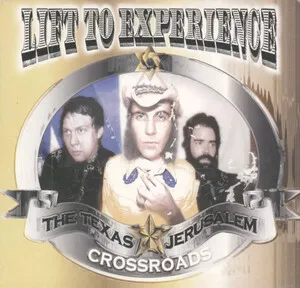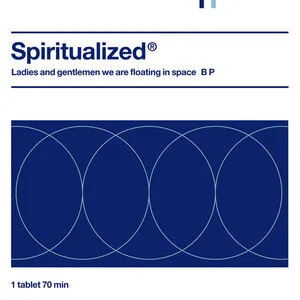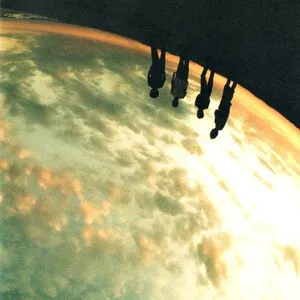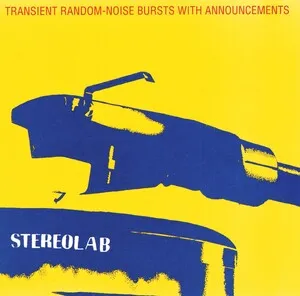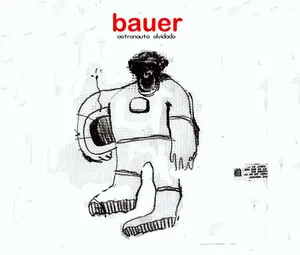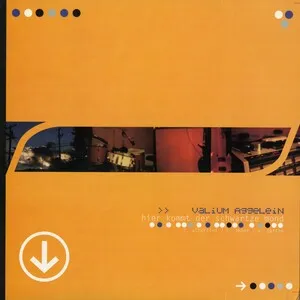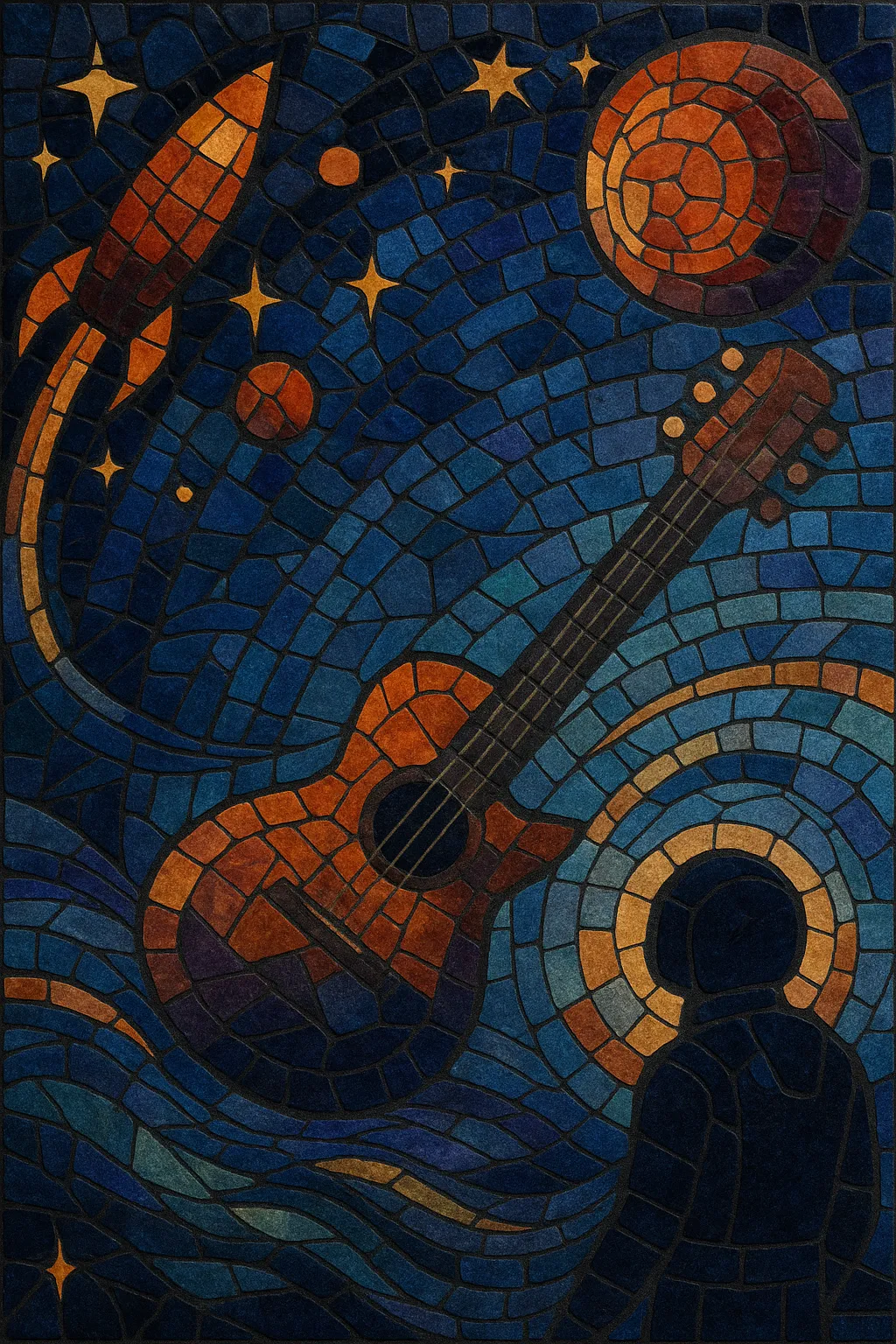
Space rock revival is a late-20th-century resurgence of the expansive, cosmic-minded rock pioneered in the 1960s–70s. It blends hypnotic repetition, long-form song structures, and saturated, effects-heavy guitars with analog synthesizers and cosmic imagery.
Typically, the style emphasizes motorik or loping 4/4 grooves, droning bass ostinati, and wide, reverberant mixes that evoke vastness. Guitars are layered with delay, phaser, tremolo, and fuzz; synths, organs, and oscillators provide swirling pads, bleeps, and arpeggios. The mood ranges from dreamy and meditative to soaring and cathartic, with lyrics that often orbit themes of space, distance, transcendence, and introspection.
The template for space rock was set by artists like Pink Floyd, Hawkwind, and Gong, who fused psychedelic rock’s timbral experimentation with extended forms, synthesizers, and cosmic themes. Krautrock bands (e.g., Neu!, Can) contributed motorik rhythms and trance-inducing repetition that later became core ingredients.
While new wave and post-punk dominated, the seeds of a revival emerged in drone- and minimalism-leaning psychedelia. Spacemen 3’s minimalist, feedback-rich approach and early shoegaze’s textural focus preserved and reframed space-bound aesthetics for a new generation.
By the early–mid 1990s, a distinct revival coalesced. In the UK, Spiritualized advanced lush, cosmic orchestrations; in the US, alternative acts like Hum and Failure melded heavy, melodic guitars with celestial atmospheres. Concurrently, stoner/psych scenes (e.g., Monster Magnet, Farflung) adopted Hawkwind’s propulsion and sci‑fi aesthetics, bringing heavier edges to the style.
Independent labels, festivals, and online communities helped the style diffuse globally. Bands such as White Hills, Litmus, and The Spacious Mind expanded the idiom with longer jams, analog synth fetishism, and heightened kosmische textures, while cross-pollination with post-rock, neo-psychedelia, and jam/stoner scenes broadened its audience.
Today, space rock revival thrives across Bandcamp-era psych networks, with international acts refining motorik grooves, widescreen production, and immersive live visuals. The sound remains flexible—equally comfortable as heavy, riff-centric excursions or as meditative, ambient-laced voyages—while retaining its central promise: music that feels vast, propulsive, and cosmically transportive.

